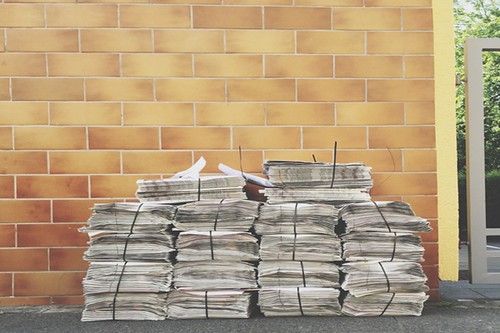
On March 6, Lyneise Williams, Professor of Art History at the University of North Carolina at Chapel Hill, spoke with the Seminar about her work at the crossroads of computational archive science, art history, and material studies. Dr. Williams’ work involves analyzing visual representations of race; her book, Latin Blackness in Parisian Visual Culture, 1852-1932, was published by Bloomsbury in 2019. In her talk with us, Dr. Williams pointed out that analyzing such visuals requires attention to reproduction, mediation, and digital surrogacy. In other words, when a reader of Williams’ book encounters an image of the 20th century Panamanian boxer Alfonso Teofilo Brown, they are not seeing the image itself—and certainly not the human depicted in the image—but, instead, a highly mediated reproduction. Certain details might be lost in translation, and the more often an image is reproduced, the more it is likely to deteriorate; thus, what we analyze is not only the image itself, but also its journey through space and time to get to our eyes. If you’ve ever watched a hilariously blurry Youtube video of something from the 1980’s you’re familiar with what’s called “generation loss” –the more copies exist from a single original, the less likely it is that you’re getting a truly representative visual.
Dr. Williams’ described her ongoing difficulties with this issue, particularly as it applies to race. Most recently: when she studies microfilm scans of early-20th century newspapers, it is rare that adequate care is taken to preserve photographs within newspapers of Black subjects. While the words of the paper are relatively well-preserved and easy to read, images of Black subjects are often just black boxes—the faces and other characteristic details remain totally obscured. One could ask: why not just go straight to the original? If the reproduction is so poor, can’t we just use the newspaper itself? Williams pointed out that as more and more of us encounter these archives through solely digital platforms, there is less pressure on institutions to store and maintain such vast troves of historic documents. Because of this, Dr. Williams pointed out, the digital preservation of these photos is more important than ever.
The stakes of this preservation are unequally high for marginalized groups whose histories are especially vulnerable to misrepresentation or altogether exclusion. Indeed, in her talk, Williams expressed that while national organizations have been “charged with preserving the nation’s history,” this preservation has typically been far from equally attentive. Projects like Dr. Williams’ VERA Collaborative (Visual Electronic Representations in the Archive) specifically aim at filling in the gaps left by these large institutional efforts. VERA is dedicated solely to the visual and material cultures of communities of color; as the site’s homepage says, “Archival technologies are not neutral and erasures in the archive are not inevitable.”
Image reproduction is far from a bad thing. Pittsburgh alone has a few amazing examples of what is to be gained from the digital preservation and reproduction of images; take, for instance, the Charles “Teenie” Harris archive hosted by the Carnegie Museum of Art. Viewers can browse through decades of over 70,000 images, many of which incredibly capture a thriving, pre-development Hill District. Harris was a staff photographer for the Pittsburgh Courier, a Black-owned newspaper whose visual archive is similarly well-preserved save for a missing decade. There are innumerable insights to be gained from these resources, even as they stand as facsimiles to their original objects.
Dr. Williams suggested that the project of preservation goes hand-in-hand with pedagogy. Her Thursday talk’s title, “Towards a Fusion of Computational Archival Science, Art History, and Material Culture Studies,” is suggestive of the pedagogical changes she sees as necessary to ensure innovative and responsible archival practices moving forward. We cannot take it for granted that the images available to us today will be around for years, decades, or centuries to come, and it will take some serious training to make sure that rapidly aging images are preserved with care. In such (socially) isolated times, working to preserve the output marginalized communities remains an important—and hopeful—goal.
